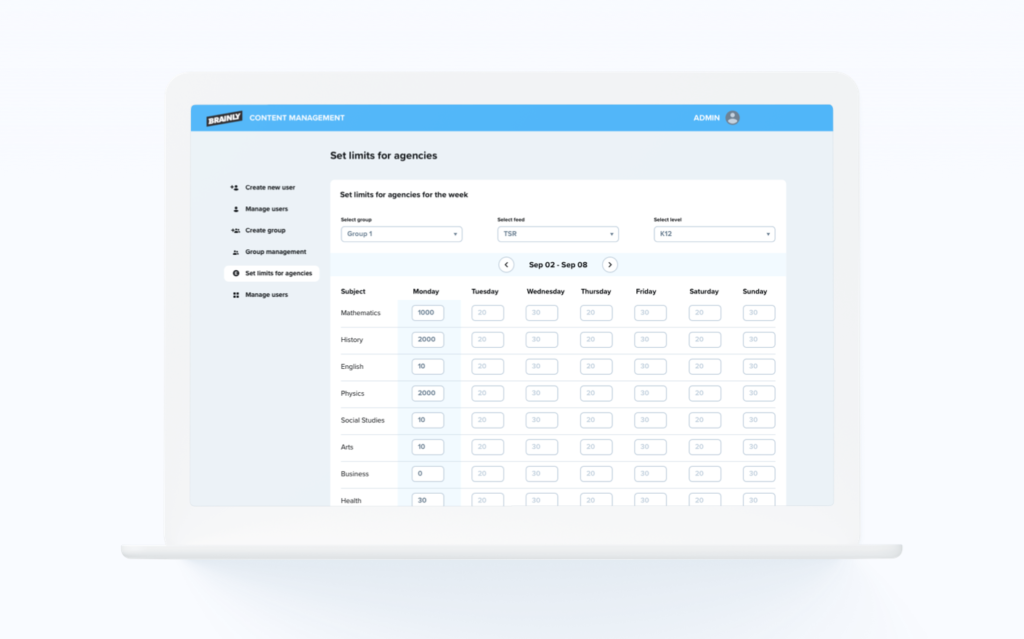Java, the world-famous object-oriented language, attracts many developers. However, some projects will definitely benefit from choosing Golang (aka Go) instead. Have you found yourself at a standstill while trying to choose the best backend solution for your next project? We’ve put together all the info you need to make the right choice for you!
Note that creating a server infrastructure with a particular programming language is not the point of no return. You can always switch to another one on the way when it’s time for scaling up.
In our Golang vs. Java comparison, we point out cases in which it might be worth giving Go a go.
Is Golang even a thing?
It’s difficult to find anyone who hasn’t heard about Java. But do you know what Golang is? If it doesn’t ring a bell, worry not – this compiled programming language doesn’t get much attention outside the developer community.
This is rather unfair, as its features can introduce a new quality to many projects. Many business giants, such as Uber, have already discovered Golang’s potential. At Miquido, we share their enthusiasm – Go has helped us with creating some of our trademark software! Check out our selected projects here:
In this article, we will try to introduce you to the benefits of Java and Golang from a business perspective. But before moving on to the differences, let’s look into the features that Java and Golang share in common.
What do Java and Golang have in common?
When it comes to backend web development, both Java and Golang will provide you with certain clear benefits. Some of the most common include:
Good profilers

Good
profilers
Both Java and Go have profilers that measure memory, time complexity, duration of function calls, and much more. Thus, they facilitate program optimisation. As a business owner, you have to agree that this is a handy feature! You want to make your app’s execution faster or save memory? That’s exactly when good profilers come in.
Multithreading
support
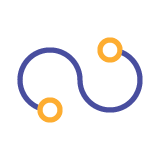
Both Java and Go are multithreaded, which means they can execute multiple tasks within one process. Note, however, that Go wins in this competition due to better efficiency. That makes it the perfect choice for processor-intensive operations such as search algorithms in apps.
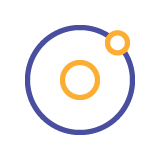
Garbage
collectors
Garbage collectors refer to a coding feature that helps with efficient memory management. The program automatically takes care of memory deallocation, so that developers don’t have to deal with quite as many memory leaks, bugs, and data structure implementations manually. As you might suspect, this process also contributes to the reduction of expenses.
Debugging
and testing

Debugging is essential to the success of your project as it enables fast identification and fixing of glitches in the app. Testing frameworks contribute to reducing the maintenance costs due to automation of the processes. There is almost no manual intervention necessary, and the testing is more accurate.
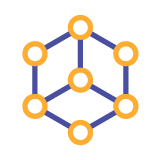
Cross-platform
adaptability
Both Java and Go can serve for cross-platform development. Both will require additional solutions to run the code. We’ll explain the details in one of the following paragraphs.
Now it’s time to take a closer look at each of the programming languages and the benefits they have to offer.
Java in a nutshell
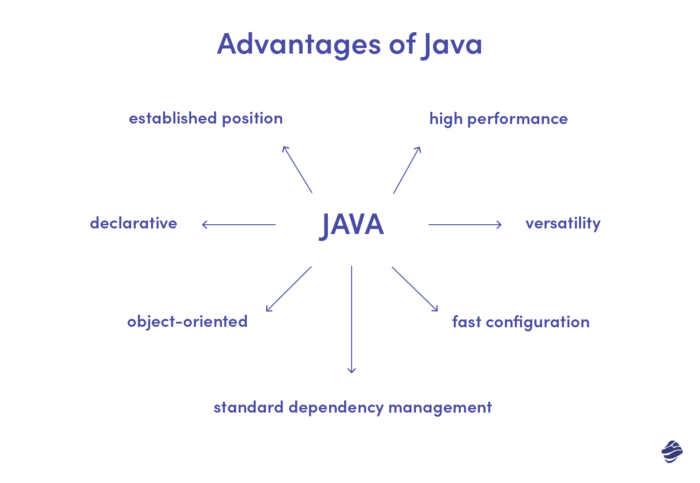
Time really flies – it’s been already 25 years since Java’s release! Since then, the language has strengthened its position in the IT world, taking the lead in backend development.
An embodiment of the “write once, run anywhere” concept, Java was supposed to make the development process simpler. And indeed, devs have fallen for the opportunity to write code that doesn’t need recompilation to run on various platforms.
Facebook, Amazon, Twitter, eBay, LinkedIn – these are just a few examples of successful platforms built with Java.
Advantages of Java
As an object-oriented programming language, Java is perfect for complex projects, where attention to detail and flexibility is not necessarily the main focus.
Java in web & mobile development
Employing the continuous delivery, deployment, and integration approach (CI/CD) is easier with Java due to its standard approach to dependency management and building tools such as Maven or Gradle.
Golang, on the other hand, doesn’t offer a standard tech stack for such tools – each newly started project requires additional configuration. As a result, Java has an advantage when it comes to delivering code changes more efficiently and reliably.
Using Java shortens the configuration process to an absolute minimum. The variety of handful frameworks makes building backend infrastructure less challenging. The brightest star among them is undoubtedly Spring – a set of libraries and tools that make coding simpler and less repetitive.
Let’s take, for example, boilerplate sections of code that require repetitions with little or no variations. Within the Spring framework, you can skip it while setting up a microservice. Spring also works out the HTTP error responses automatically, while with Go, developers need to take care of it on their own.
Java for business
From the perspective of an investor, the productivity of the development team should always increase. And all these features – short configuration, a great set of frameworks, and high performance – fuel that growth.
Keep in mind, however, that in the case of junior developers who haven’t mastered Java yet, it may take some time to achieve expected effects. With the senior devs, you most likely can count on a better flow. So always consider the composition of your team before jumping into any conclusions.
Looking for experienced Java developers? Reach out to Miquido, a Java software development company – we are ready for new and exciting challenges!
Golang – all you need to know
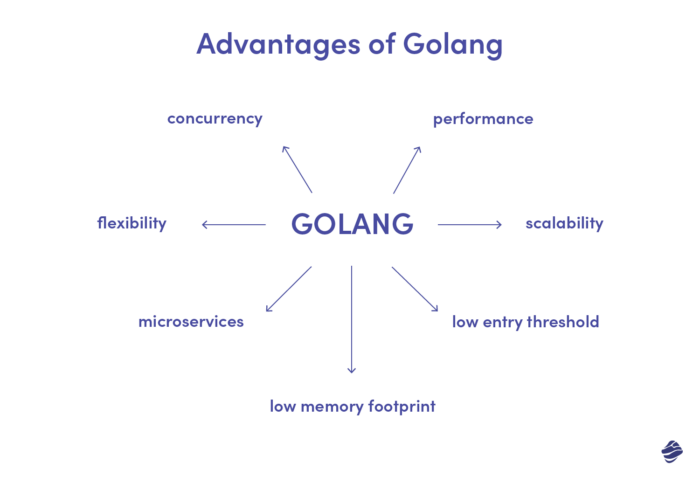
Google wrote Go for its own purposes before releasing it to the public a few years later in 2012. Since the beginning, it’s been described as a compiled language addressed to developers with little experience. As a result, it cannot boast quite such a broad application in commercial projects.
Golang is an imperative language with no polymorphism by inheritance offered by Java. Its simplicity makes it easier to write clear code and manage error handling. There are no objects in Golang, neither classes, or inheritance. Instead, some of the features contributing to its increasing popularity are simplicity, built-in testing, documentation, and standard library,
Except for Google, who obviously uses its own invention in the app development processes, other applications like Yahoo, Soundcloud, and Badoo have all found the language perfect for their search algorithms.
Advantages of Golang
Are you searching for a language that limits the number of necessary actions and decisions and eliminates plenty of errors on the way? There is no need to look any further. Go will take your development to the next level in terms of productivity.
Golang in development
Golang is fast, easy to learn, versatile, and fun. If your team consists mostly of young developers, switching to Golang may be a breath of fresh air. At the same time, this language can solve existing problems with performance, bugs, and errors in typing. With Go, the code will get cleaner and more elegant.
Let’s not forget about the concurrency aspect – the ability of the language to run several processes independently of each other. Golang’s built-in concurrency enables efficient processing of data without blocking. That’s particularly important in processor-intensive operations but also in cloud computing.
Golang in business
Some say that Golang development is the future of the IT industry. Indeed, there is a strong tendency in the market towards this relatively young language due to all the advantages we’ve already listed.
Simple, concurrent, and lightweight, it will prevent memory leaks and errors – both in the development process and after the product’s release. Go can make your app run and respond faster, which, on the competitive market, is an undoubted advantage.
Golang vs Java – a detailed comparison
If you’re searching for flexibility, app scalability, simplicity, and excellent performance, enterprise web application development with Golang is a great choice. Due to the great handling of concurrency, Golang web development solutions can be deployed in the cloud without negative implications on performance.
Golang vs Java: Microservices
Many customers choose the microservices approach due to its numerous benefits. Such architecture requires dividing the app into segments of services that communicate with each other through an API interface. Each microservice is associated with a small, specialised team. This way, the development process is more flexible.
The microservices approach allows you to update only one service instead of the whole app. As a result, the risk of errors is lower, and the implementation time is shorter. By segmenting the infrastructure, it is easier to get to the core of the potential problem, keeping the app secure and in good shape at a lower cost. And Go is perfect for that due to its lower memory footprint and faster start time!
For complex systems, particularly one-server ones, we advise sticking to Java because this language has simply had more time to adapt to industry demands, correcting the imperfections.
Golang vs Java: Web app development
Golang and Java have their strengths and quirks regarding web development, but which one will genuinely elevate the development experience within your organisation?
When it comes to community support and resources, Java’s longstanding presence in the web development landscape takes the spotlight. Its vast community of developers offers a wealth of knowledge and documentation. Java’s popularity in enterprise settings means there is extensive support for integrating with various systems and databases, ensuring seamless integration with existing infrastructure. Java also boasts numerous application servers, such as Apache Tomcat and Oracle WebLogic, which provide robust hosting and deployment options.
On the other hand, Golang’s growing community is passionate and eager to explore new possibilities. While it may have a different extensive ecosystem than Java, Golang’s ecosystem rapidly expands, with frameworks like Gin and Echo gaining popularity. Golang’s lightweight binaries and efficient memory management contribute to faster startup times and reduced resource consumption, making it suitable for microservices architectures or cloud-based deployments.
Golang vs Java: Mobile app development
Not all mobile applications need backend development – but most still do. If you want your app to synchronise data between different devices, display your content, and provide timely data backups, your project will definitely require a strong backend architecture.
You won’t write your mobile app with Go, but you can still benefit from using it for the backend due to all the reasons we’ve already mentioned.
Java is widely used for building Android apps. However, lately, there’s been a tendency to replace or supplement it with Kotlin Multiplatform – declared an official language for Android by Google in 2019. Kotlin is basically Java’s twin but simpler and with better performance.
Golang vs Java: Cross-platform development
OK, all of the above is mainly true for native applications, hence, those that are meant to run on one operating system only (iOS or Android). What about those apps that are meant to work equally well on both?
In the case of cross-platform development, you might benefit from choosing Java over Golang.
The reason lies in the ability to compile code. When developing with Java, you simply pass the code through the Java Virtual Machine interpreter in order to run it on different platforms. That is not the case with the code written in Go, which always comes down to a binary. Compiling the separate binary files for each platform can be time-consuming and affect the profitability of the project.
Golang vs Java: Machine learning
With its extensive ecosystem and mature machine learning frameworks, Java brings a wealth of resources. Java offers popular frameworks like Deeplearning4j, Weka, and Mahout, which provide a wide range of functionality for tasks such as data manipulation, model training, and evaluation.
Golang, known for its simplicity and efficiency, provides a lightweight and concurrent programming model that can benefit specific machine learning tasks. Its built-in support for goroutines and channels enables efficient parallel processing, making it suitable for tasks that involve data preprocessing, feature extraction, or real-time prediction.
However, when it comes to machine learning with Golang, there are several limitations associated with training the existing models. Still, the excellent handling of concurrency, essential in ML, makes it a solid alternative to Python or Java.
Golang vs Java: Performance
Golang, with its focus on simplicity and efficiency, excels in scenarios that require high concurrency and fast execution. Its built-in mechanisms for concurrent programming make it an excellent choice for applications that handle multiple tasks simultaneously. Golang’s compilation process also produces binaries that are statically linked, resulting in faster startup times and reduced memory footprint. These characteristics make Golang well-suited for microservices architectures and backend systems that demand high throughput and responsiveness.
On the other hand, Java’s performance shines in areas where stability, scalability, and extensive ecosystem support are paramount. Java’s mature Just-In-Time (JIT) compilation and runtime optimizations allow it to achieve impressive speed for long-running applications. With a vast array of libraries, frameworks, and tools, Java offers businesses a rich ecosystem for building robust and feature-rich applications. Its strong emphasis on type safety and object-oriented programming can provide additional performance benefits by enabling efficient memory management and optimisation opportunities.
Golang vs Java: Popularity
When it comes to popularity, Java’s extensive presence in the enterprise world gives it a significant advantage. Many large-scale organisations and established systems rely on Java for their mission-critical applications. Java’s reputation for scalability, security, and reliability has solidified its position as a top choice in industries where stability and long-term support are paramount.
However, Golang’s popularity is on the rise, particularly in cloud-native and microservices-based applications. Its ability to handle concurrency and lightweight nature have attracted businesses seeking efficient and scalable solutions. Golang’s growing community and association with projects like Kubernetes have further elevated its status as development teams recognise its potential for building modern, distributed systems.
By now, we’ve covered all the basics. If you still have any doubts about whether to choose Java or Go, let us lay it on the line for you!
Can switching to Golang from Java be profitable?
In web development, productivity depends principally on the selection of the programming language. Obviously, a perfect scenario would be to find your match before launching the project. But if you feel that you need some change, nothing is lost yet.
Switching to Golang from Java or other languages can turn out to be really profitable in particular cases, such as when:
- you need your server to respond faster
- you want to scale up without breaking the existing infrastructure
- the product has to be developed at a fast pace
- you want the developers to quickly master one language
As we’ve mentioned before, Golang web development will serve perfectly well for microservices.
If you’re aiming at reducing expenses, you may find Golang’s low memory footprint really beneficial. You may be surprised how much money you’ll save on servers!
For processor-intensive operations, such as search algorithms, it’s definitely worth going along with Go. The same goes for all kinds of problem-solving. Golang is second to none when it comes to putting down fires and fixing bugs.
Development teams can easily learn Go and incorporate it into a project. Usually, it doesn’t take more than two weeks for the developer to start coding with it. Thus, when training new developers, we recommend going for Go!
Java may offer more opportunities due to its complexity, but it takes a lot of time to master. Golang is not as complex as Java. Thus, it has a lower entry threshold and enables easier code fixing.
What to choose: Java or Golang? Final thoughts
| Choose Java for: | Choose Golang for: |
|---|---|
| Android apps | Faster server response |
| Cross-platform development | Simple development & management |
| Complex projects | Processor-intensive operations |
| Wide range of libraries | Efficient data processing |
As you can see, both Java and Golang have their strengths and weaknesses. Java gives developers more opportunities and diverse tools, but in case they’re inexperienced, there is a long way ahead of them to master this language’s full potential. Choose Java for large systems and projects that do not depend on a tight schedule.
For quick and satisfactory effects, Golang is invaluable! Your team can master it really quickly, regardless of their experience. If a low memory footprint and simplicity are key aspects of your project, it’s the right time for Go.
And if you’re still unsure about which one will be a better language to develop your next app with – let’s figure it out together!


